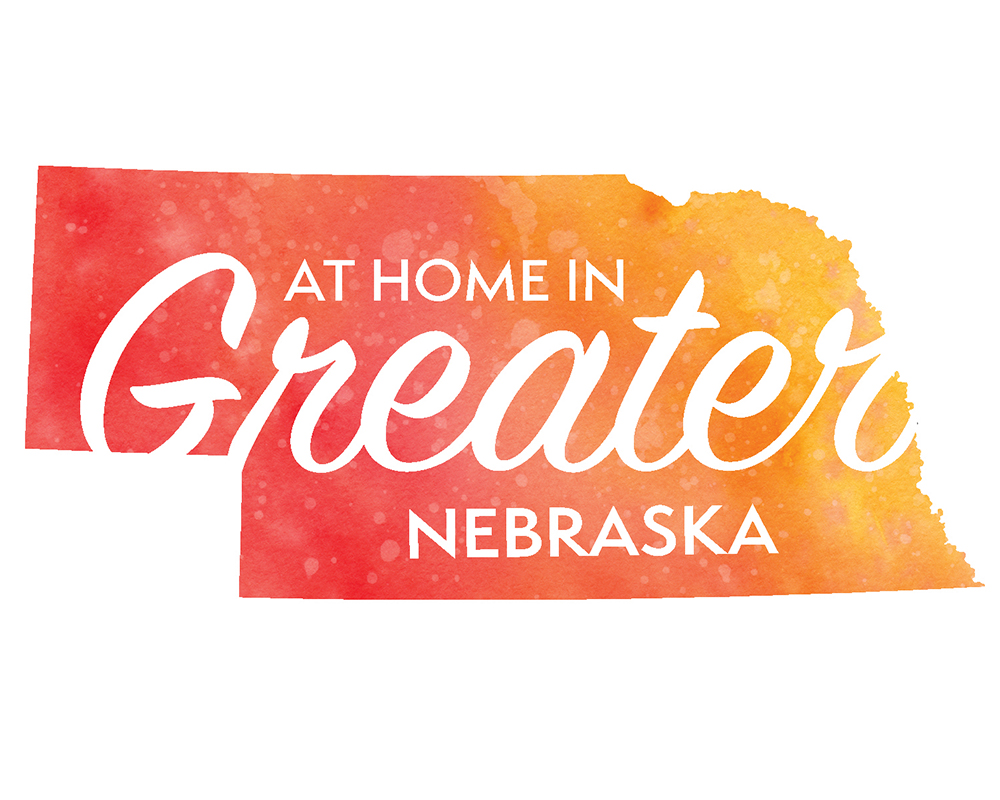By JEFF YOST
 I am a child of the Great Plains. I grew up in Red Cloud, home of Pulitzer Prize-winning author Willa Cather. As a boy, I rode my horse to check the cows or eat mulberries from a tree. I knew I was loved by a large extended family and my hometown.
I am a child of the Great Plains. I grew up in Red Cloud, home of Pulitzer Prize-winning author Willa Cather. As a boy, I rode my horse to check the cows or eat mulberries from a tree. I knew I was loved by a large extended family and my hometown.
There were 23 kids in my kindergarten class, the same as my graduating class. I got to do everything: sports, music and 4-H.
As I grew older, I heard a troubling message from adults: “Your future is someplace else.” No one said those exact words, but the intent was clear. “You’re a bright kid with terrific prospects. We’ll see you for the holidays.”
How devastating. “We love you. In fact, we love you so much you should live somewhere else.” That’s no way to sustain a vibrant community.
Nebraska is terrific. Nearly everything and everyone works. We have great public schools, an engaged citizenry, safe communities and generous people. Nebraska is ranked as the nation’s fifth-happiest state. Nebraska has what people want.
Nebraskans know this. But too often, when a community member proposes a big idea, it is met with: “We can’t do that, we don’t have enough money.”
The truth is, we have an amazing abundance. In the next 50 years in Nebraska, over $600 billion will be transferred from one generation to the next. There’s always a transfer from generation to generation, as parents pass away and leave their estate to their children. But if the heirs no longer live where they grew up, the wealth leaves as well.
Imagine if just 5 percent of that money were given back to the hometowns where it was made and accumulated. That’s $30 billion. Think of the impact that kind of money could have on education, health, prosperity and quality of life. Think of how it could contribute to a community’s ability to attract quality talent and young families. Harnessing just a small percentage of the transfer of wealth could be a game changer for the future of Nebraska and our hometowns.
With new technologies and the Internet, more people can live and work anywhere they want.
Today’s community economic development question isn’t one of jobs. It’s “Why would I want to live, work and raise my family in this community?” We need to give talented young people good reasons to stay, return or join us. People attraction should be our priority.
To embrace these opportunities, Nebraska Community Foundation (NCF) was formed in 1993. I joined the team in 1997. NCF isn’t a typical community foundation. We’re not a charity, and we don’t make grants. We’re a community development organization, heralded nationally for our grassroots approach to building trusting relationships and empowering local leaders.
Our partnership model works. Community leaders are inviting their friends to join them in investing in their hometown. Last year 8,500 contributions were made to NCF and its network of 219 affiliated funds serving 80 counties, and $28 million was invested in our hometowns; $292 million since NCF was formed.
The NCF network has grown five-fold in the past 10 years and totals $130 million. Additionally, 300 planned gifts are confirmed, valued at $60 million.
We’re proud of this growth. But if we compare what’s been accomplished so far with the transfer of wealth opportunity, we’ve only just begun.
The narrative about rural communities is changing. Coupled with locally controlled philanthropic dollars, this combination is yielding some remarkable results. Seventy percent of Ord high school graduates are interested in returning home after college. A $4 million endowment in Holt County is supporting economic development efforts that have attracted 475 individuals and families. Dozens of Nebraska hometowns have more young families than they did 10 years ago.
And what about Red Cloud? A heritage tourism strategy connected to Cather is being fully implemented. The economic impact could exceed $3 million per year. And a state-of-the-art early childhood development center will open in December.
Nebraska has what people want. The millions of people reached by the Omaha World-Herald’s The Better Half series are proof of that. Recently I shared my story at TEDx Lincoln’s annual event. The response from fellow small-town “kids” who still feel deeply connected to their hometown is exciting.
It’s been a long time since I picked mulberries from the back of my horse. Today, Nebraska is an even greater place to live, work and raise a family, and together, we can continue to make it even better.
The author is president and CEO of Nebraska Community Foundation.



